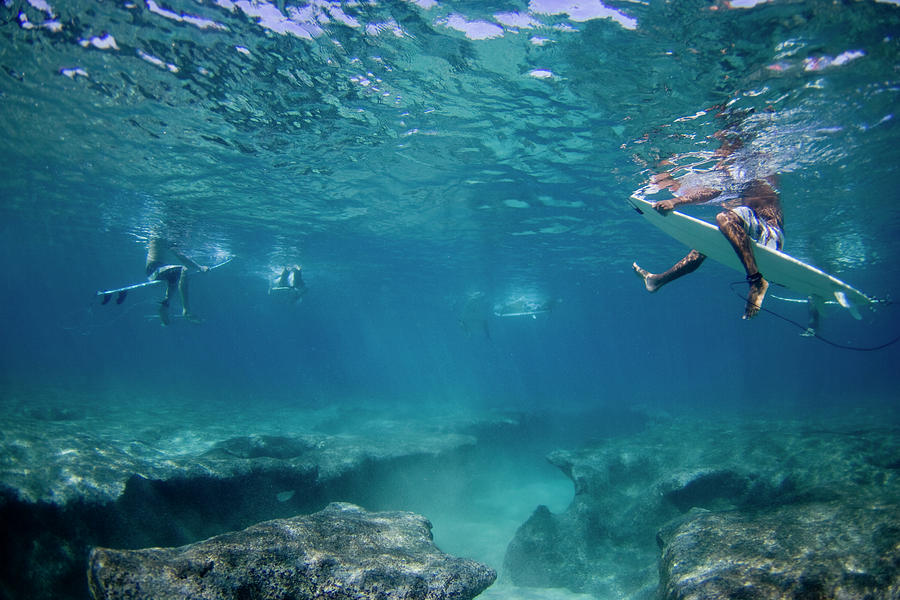Surfing on coral reefs is an experience that every surfer should try. Waves formed on these types of breaks are usually of higher quality, and most of them are found in crystal-clear waters.
Despite the incredible experience of surfing in these environments, there are also risks involved. Here are some tips for surfing on rock or coral bottoms:
1. Take the time to familiarize yourself with the spot:

Before entering a spot, it’s essential to invest enough time in getting to know it. Observe the entry and exit zones, currents, ideal tide conditions, etc. If you’re surfing on coral bottoms, it’s crucial to determine whether the coral is dead or alive. Live corals are more aggressive. Another important factor to consider is the depth at which the wave breaks.
If possible, enter the water with a local surfer who can guide you, but if not, take the necessary time to understand all the conditions of the spot before surfing.
2. Protect your feet:
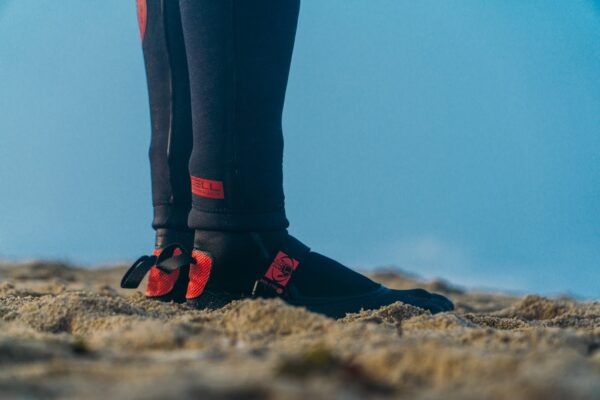
If you fall off your board and touch the bottom, try to walk on the coral with minimal weight and in an agile manner. However, it’s common to get scratches or cuts when walking on these types of bottoms. To protect your feet, consider using water shoes or neoprene socks that you can easily put on and take off.
3. The starfish position:
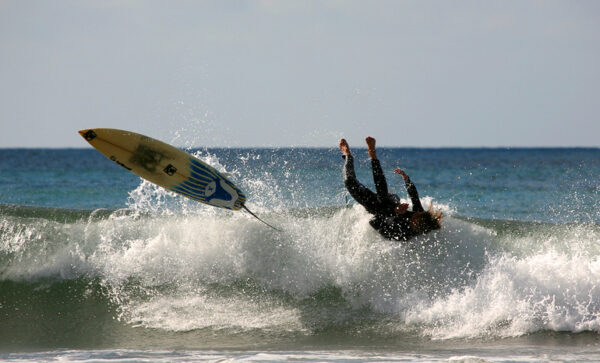
When falling on coral bottoms, it’s important to learn how to fall off the wave. Typically, when we bail from the surfboard because we’re about to fall, we jump with our feet forward. However, when falling on coral bottoms, try to keep your body as horizontal and flat as possible to the water surface. We call this position the «starfish.» If you see that you’re about to fall while riding the wave, another option is to jump over the crest of the wave towards the bottom, and if the wave is too high to clear in one jump, try to go through the face of the wave. Above all, if you fall, protect your head.
4. Carry a first aid kit:
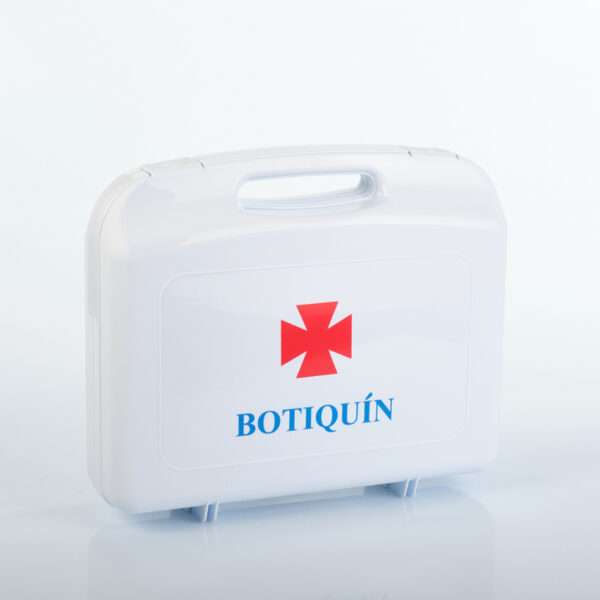
Even with all the tips provided, it’s common to come out of the water with scratches or cuts. Therefore, it’s recommended to bring a first aid kit with disinfectants (preferably in cream form), steri-strips for deeper cuts, and antibiotics for infections.
5. Wear rash guards or thick wetsuits:
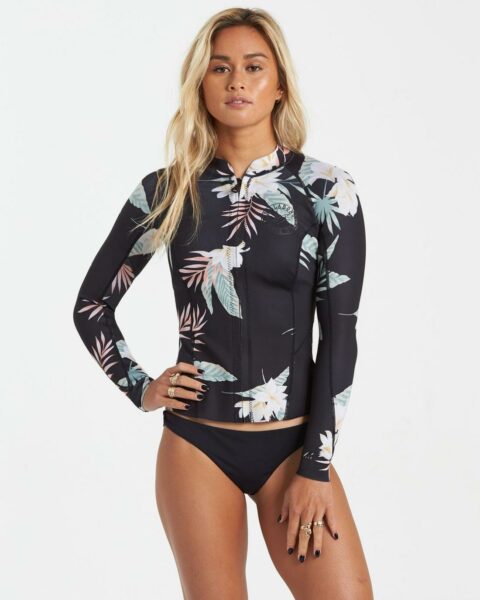
When falling into the water with a reef bottom, it’s common to scrape your back against the rocks. To provide greater protection, wear rash guards or thick wetsuits.
6. Respect surfing etiquette:

Respecting the lineup is crucial at all spots, but it’s even more important when surfing on coral bottoms. If you snake someone’s wave, it’s likely to cause two falls—the person who was originally riding the wave and yourself. If you’re surfing at such a spot, keep these six tips in mind. Remember, surfing on coral or reef bottoms requires a certain level of surfing experience. Don’t risk it if you’re not experienced. However, don’t miss out on this experience out of fear.

